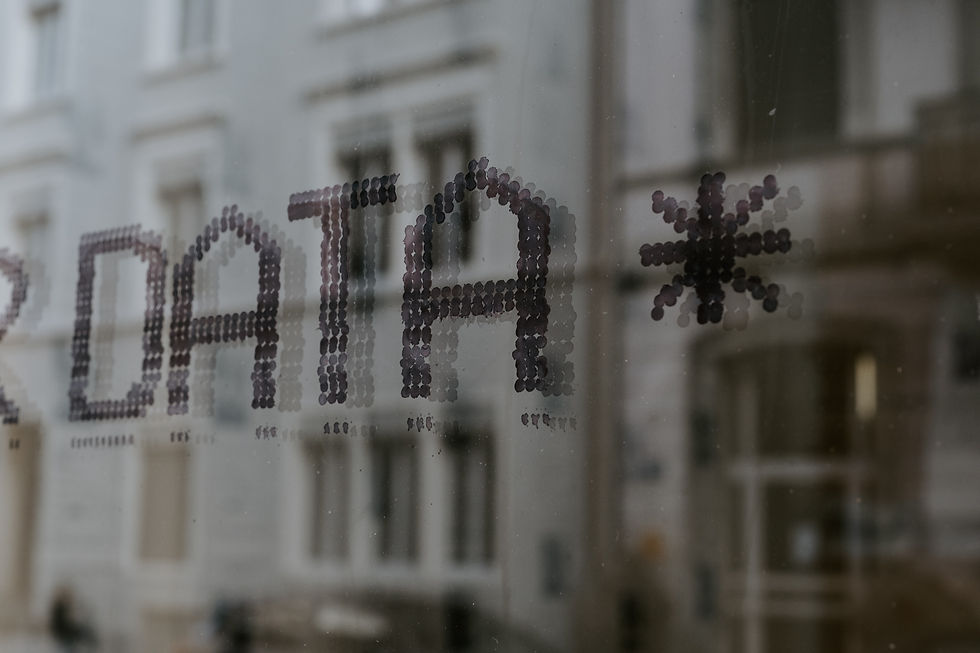The Modern Slavery Act: A lack of protection?
- CUHRLS
- Nov 13, 2019
- 3 min read
Updated: Aug 14, 2020
By Helen Richardson
Although it is all too easy to believe that slavery ended with the success of the abolitionist movement up to 200 years ago, a flurry of news stories in recent weeks has brought the issue of modern day slavery to our attention. Significant coverage stemmed from the high-profile Rooney case, where a UK family was convicted of numerous counts of modern slavery offences. This was swiftly followed by the first review of the UK legislation in a Backbench Business Committee debate secured by Vernon Coaker MP in October 2017. This coincided with the high-profile efforts of Avon and Somerset Police to raise awareness of the issue of modern slavery and their support for the charity Unseen’s ‘Let’s Nail It Campaign’. While one hopes that #antislaveryday will continue to garner support and visibility, the underlying legal framework for dealing with modern slavery both in the UK and Europe must be critically examined to determine how far it goes to protect victims of modern slavery.
The European Level
Article 4 of the European Convention on Human Rights provides that:
No one shall be held in slavery or servitude.
No one shall be required to perform forced or compulsory labour.
The ECtHR’s seminal examination of Article 4 in Rantsev v Cyprus was welcomed by many. The Court took an expansive approach to the Article. It was recognised that human trafficking was also prohibited, though not mentioned in the text of Article 4. What’s more, the Court held that ‘increasingly high standards’ are necessary in the area due to the clandestine and exploitative nature of activities of modern slavers and human traffickers. The Court committed to the ‘3 Ps of Protection, Prevention, and Prosecution’, advocated for in other international instruments, such as the Palermo Protocol, which promote the long term protection of victims of modern slavery and human trafficking.
What about the UK?
The Modern Slavery Act 2015
The MSA 2015 was a huge leap forward in consolidating the criminal offences associated with modern slavery and establishing prevention mechanisms. The Act also made some steps in terms of protecting victims. However, the focus of the act appears to be on prosecution rather than protection. For example, the offences of modern slavery appear in the first two sections of the act, indicating a legislative desire to take a hard-line approach to the issue of modern slavery in the UK.
Slavery and Immigration
As academics have highlighted, one of the most troubling aspects of the MSA is the inherent tension between protection and immigration. In 2012, the Immigration Rules (now in statutory form) were amended so as to minimise the rights of Overseas Domestic Workers (ODW). These migrants enter the UK with an employer already secured. The ODW must come to the UK with that secured employer, as a condition of their entry. Under the Rules, an ODW is unable to change employers once they are in the UK, placing them in an extremely vulnerable position. This is exacerbated by the cuts to legal aid, precluding most ODWs from challenging decisions made against them. The Government’s response to this vulnerability was that ‘it is not the government’s policy to facilitate low skilled migration to the UK.’
A general lack of protection?
This failure to fulfil the protectionist aspect of the fight against modern slavery is found in other areas. For example, when a potential victim is identified, they undergo a 45-day recovery and reflection period. Jess Phillis MP noted that these victims, who are still extremely vulnerable, are ‘lost from services’ after this 45-day period. Where the victims go after this is unclear. Research thus far has only determined that ‘nobody knows for certain’.
While the recent upsurge in awareness of the issue of modern slavery in the UK is to be welcomed, the current system needs more than emotional outrage. Further action is needed to combat the negative effects of both immigration policies, and the lack of support and protection for victims once they have been identified.




Comments